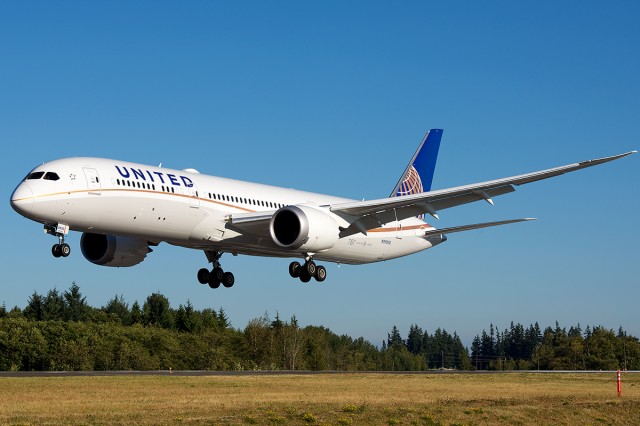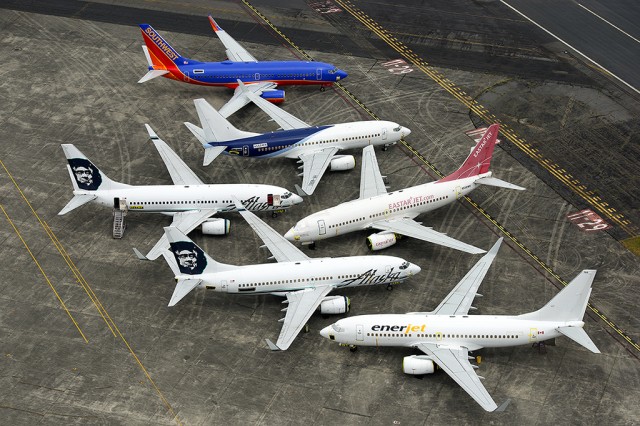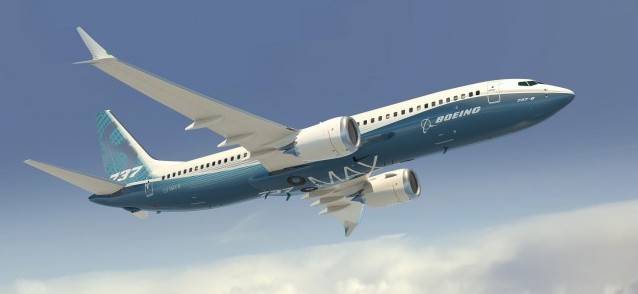
United recently swapped their remaining 787-8 orders for 787-10s. This, however is a -9 – Photo: Bernie Leighton | AirlineReporter
Boeing sees a market for 36,770 new aircraft between 2014 and 2033; only 2,490 of them are in the “regional” category. They are also clear to not differentiate the single-aisle market by size, but other than in the “Very Large Aircraft” category (think 747 and A380), their forecast for total aircraft demand is very bullish.
With United Airlines converting seven of its eight remaining 787-8 orders to the largest Dreamliner, the 787-10, it is a situation reminiscent of Air Berlin, pending approval, switching their 787-8s to larger 787-9s.

Many airlines are trading 737-700s for larger 737-800s as they come off lease. Southwest, however, is more than happy to have the smaller birds – Photo: Bernie Leighton | AirlineReporter
This is not a trend I expect to stop. Right now, the 787-8 comprises 47% of the total order book. That is, of course, significantly higher than the 249 767-200s ordered in the 767 family (or ~20% of the total 767 passenger fleet produced).
The 737-7MAX has garnered the fewest orders of the family (55). On the Airbus side of the spectrum, the A350-800’s future hangs in a precarious balance. The A319NEO has only garnered a total order for 45 frames. The smaller the next-generation aircraft, the smaller the backlog. Or at least, that is what the evidence shows.
The reason, as always, comes down to the most important question an airline has to answer: “what makes the most profit?”

The Boeing 737 MAX 8 – Image: Boeing
Today, Air Canada, in a surprising move, has decided to replace their current Airbus narrowbody fleet with the offering from the competition – the Boeing 737 MAX.
They have ordered a total of 61 of the aircraft, with 33 going to the MAX 8 and 23 to the larger MAX 9. The “up to 109” part of the transaction comes from 30 purchase rights and 18 options. At list prices, the firm orders would be a transaction of over six billion dollars, but you better believe that the airline made a stellar deal for the planes.
“We are pleased to announce our agreement with Boeing for the purchase of 737 MAX aircraft as part of the ongoing modernization of Air Canada’s fleet,” said Calin Rovinescu, President and CEO of Air Canada. “Renewal of our North American narrowbody fleet with more fuel efficient aircraft is a key element of our ongoing cost transformation program and the enhanced passenger cabin comfort provided by the Boeing MAX will help us to retain Air Canada’s competitive position as the Best Airline in North America. Our narrowbody fleet renewal program is expected to yield significant cost savings. We have estimated that the projected fuel burn and maintenance cost savings on a per seat basis of greater than 20 per cent will generate an estimated CASM reduction of approximately 10 per cent as compared to our existing narrowbody fleet.”
By 2019, Air Canada plans to have an all Boeing long-haul fleet, and a majority Boeing short-to-medium haul fleet. Currently, the airline operates a fleet of 27 Airbus A319s, 36 A320s and 10 A321s.


